Plus, we made you a map of the analog jukeboxes you can still find across the city
There’s something deeply depressing about an internet jukebox in a bar.
That shiny machine with white and blue hues casting blinding brightness like a massive phone screen. Being presented with the entire world of music at your fingertips creates decision paralysis and robs the bar of any feel or vibe. It’s a plastic box you can lamely manage from some dumb app without ever having to leave your table or bar stool and maybe bump into a cute stranger, entirely disconnected to the place itself, like a video poker console at the far end being poked by the saddest guy in town.
Jukeboxes that play physical media like 45s and CDs have none of these soul-sucking issues. Gone is the tactile sensation of pressing actual buttons to make the media shift from their holders before heading off to be played, and in its place the proliferation of homogenous screens hooked online. But there are still a few bars around New York City that know the importance of real jukeboxes.
Richard Boccato, who runs the bar Dutch Kills in Long Island City, has a jukebox filled with about 200 45’s that they’ll switch out every once in a while.
“We’ve never cared what our guests really want to listen to, it’s more about the music fitting in with our curated sounds,” Boccato said. “Someone may look at the jukebox and not know the tracks, but we hope they may choose something and be introduced to something new that they love.”
The jukebox still glitches here and there, where it may play the same song a few times in a row, but even so, Boccato said they’re never giving up on it. “We will never have a digital one,” he said. “We’re just so sick of the internet.”
These sorts of glitches are why some bars have shifted their jukeboxes to the series of tubes.
“We switched to digital pre-pandemic,” said Jason Furlani, the general manager at four city bars, including The Magician in the Lower East Side. “There aren’t the options available on CD any more, plus the jukebox rental companies really can’t get the parts to fix them when they break, so it’s either digital, or a rusty library that can’t be rotated, or a broken box with an ‘out of order’ sign, and what’s a bigger bummer than that?”
“Plastic breaks down, rubber hardens, there are a lot of ways for them to malfunction,” said Terry Swords, who repairs and rents jukeboxes at New York Jukebox. “But how much service does a jukebox require? If it’s set properly, not a whole lot. They were built to be on all the time, so as long as they’re actually getting used. They’re workhorses.”
Plus, sometimes strange glitches can be part of the joy.
The jukebox at Greenpoint’s Capri Social Club has a holographic design, and a feature where if nobody plays it for 20 or 30 minutes, it’ll randomly pop on a song to remind everyone that it exists.
“On a slow, quiet night, that will startle people,” said John Szalyga, who’s been a bartender there for nearly a decade.
These glitches can also be something more. Like, an actual haunting.
“Sometimes it’s the end of the night and it’s just the two of us there counting money, and we’re having an intense conversation about something, and a song just comes on, and it always mirrors what we’re talking about,” said Martina Kubinyi, who bartends at Jimmy’s Corner, the best dive in Midtown, maybe the world. “I’m not reading into it, it’s just like, it really fucking happens.”
Long odes on old blogs have been written about Jimmy’s jukebox and its roster of roughly a hundred albums, mix CDs and deep cut recordings from artists like Diana Ross, Thelonious Monk, Luther Ingram, and other gems from Motown R&B. The bartenders keep a list of the four-digit numbers for their favorite songs.
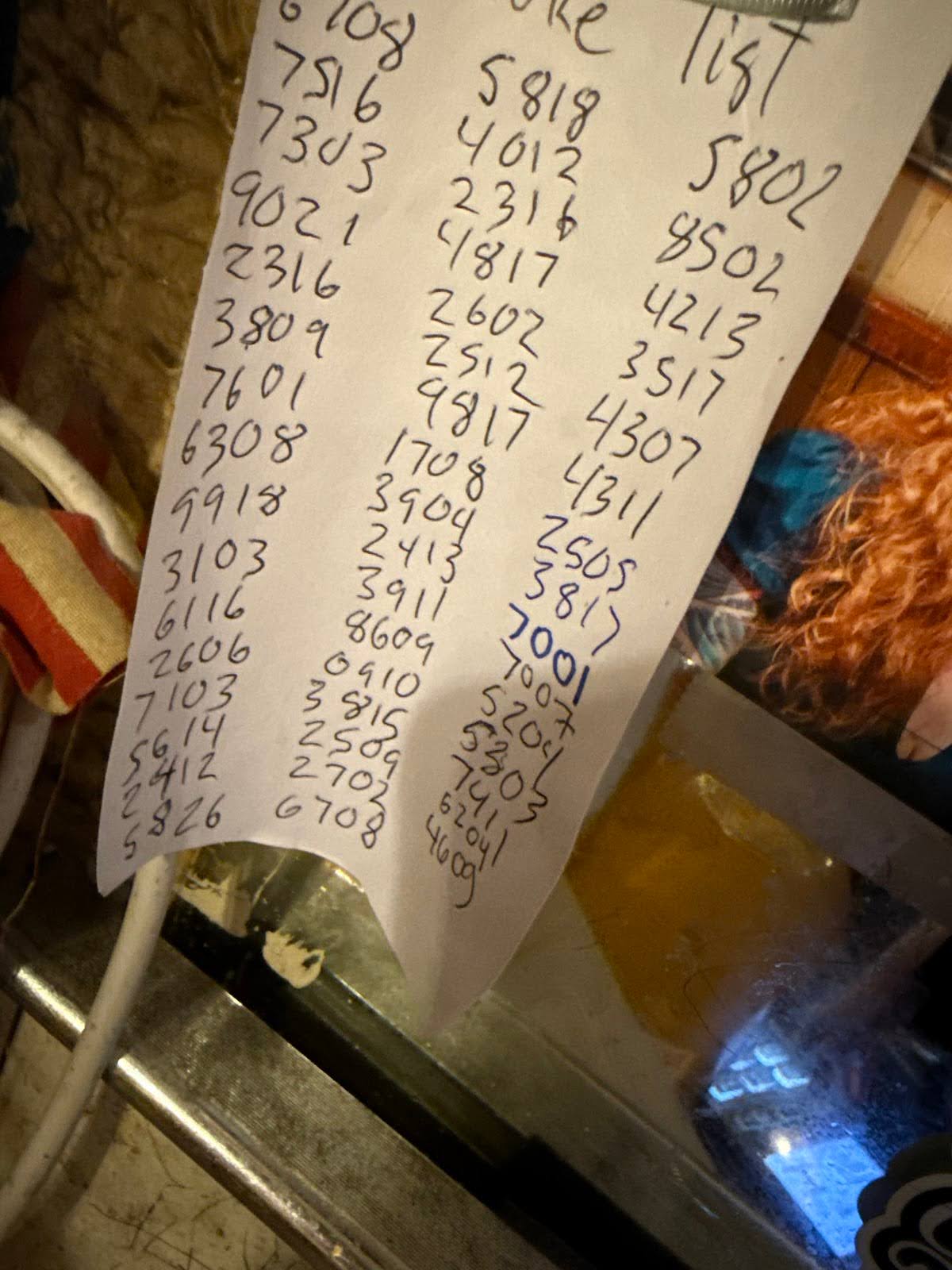
But there is one rule at Jimmy’s.
“Don’t ever play ‘Purple Rain’! That’s a no-no,” Kubinyi said. “Everyone and their mother has heard that song twenty times a day. The regulars can’t take it.”
It is, after all, the blessed regulars who have a significantly larger emotional stake in their bar’s jukebox.
“It’s like that back room is your own little club house for ten tracks” said Joe Ammon, a regular at Alphabet City bar Mona’s for over 20 years, a span when these types of offline jukeboxes went from ubiquitous to rare. “When we started going, that jukebox wasn’t all that different from any other, but you don’t seem to see those jukeboxes very often anymore. Or if it’s a new bar, it’s because it’s trying to feel retro.”
Mona’s has a Rockola CD jukebox with around fifty albums, mostly from the 1960s through the 90s, heavy on East Village rock with a few mix CDs thrown in. It’s in the back room by the pool table. Whenever the regular crew gets together at Mona’s, they start the night by going in the back with a $5 and bullying the jukebox. “Marquee Moon” by Television usually goes first.
There are pros and cons to such an old machine. Some songs can be particularly grinding after you’ve heard them so often.
“The most played song on that jukebox would have to be ‘Toxic’ by Britney Spears, so much so that I’ve developed a deep hatred for that song. Especially when some drunk idiot plays it consecutively,” said Szalyga.
But for every debilitating earworm, there are bits of nostalgia and sentimentality that have no other place to go. In the rare instances that a jukebox lasts as long as the one in Mona’s, or Capri Social Club, it starts to become something else—a time capsule or collection of mementos that tell part of that bar’s story.
“There’s a polka album in there that people don’t like. But one of the singers is a bartender’s late husband, who passed away in 2018. We’ll never replace that CD,” said Szalyga.
A map of classic jukeboxes
With all that in mind, here’s a work-in-progress map of the offline jukeboxes that still exist in NYC bars. This map was populated through word-of-mouth and social media — right now it's largely north-ish Brooklyn and lower Manhattan with a smattering of Queens — and there are surely plenty of blind spots. Please, if you have any additions we missed, leave a comment or reach out to tips@nygroove.nyc and we’ll update the map.

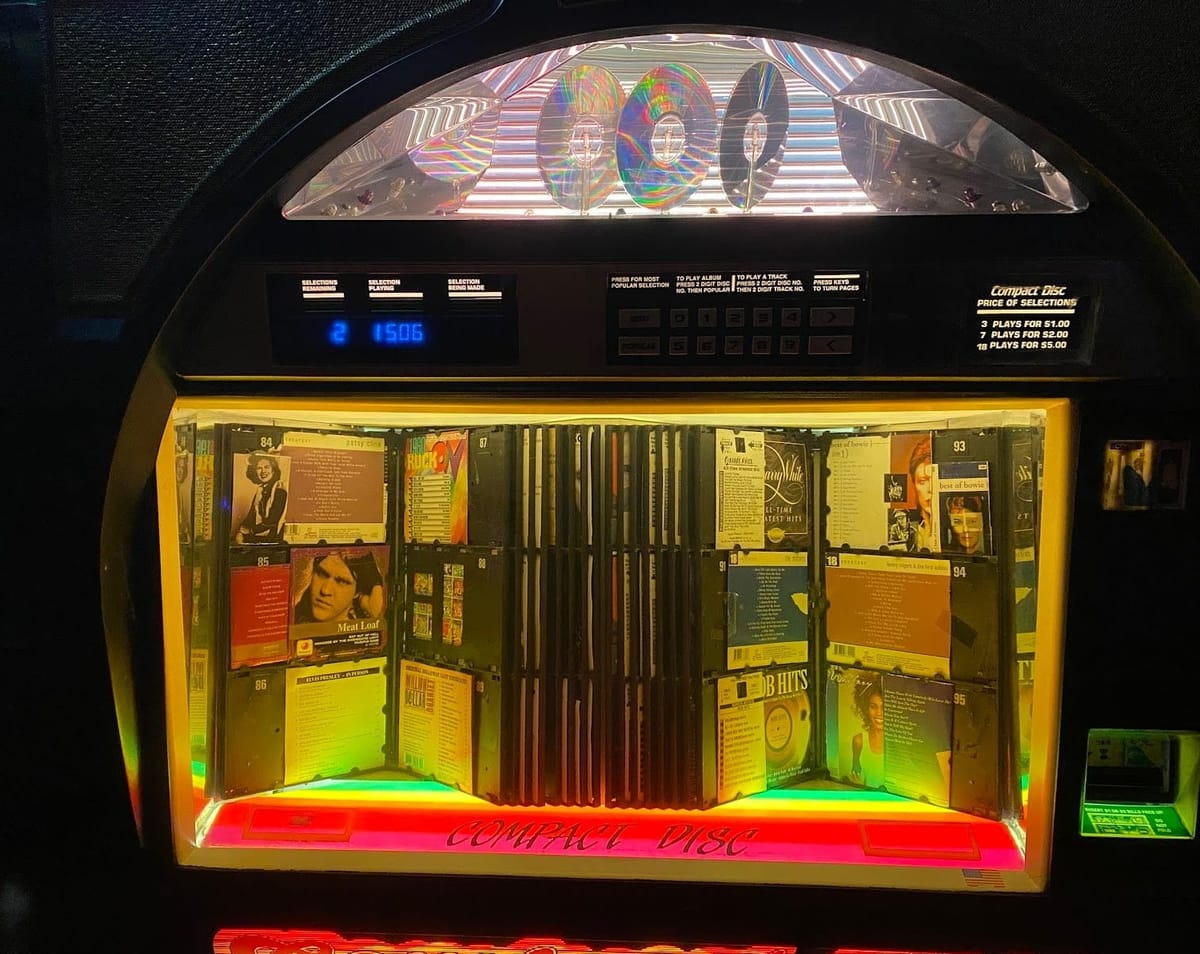
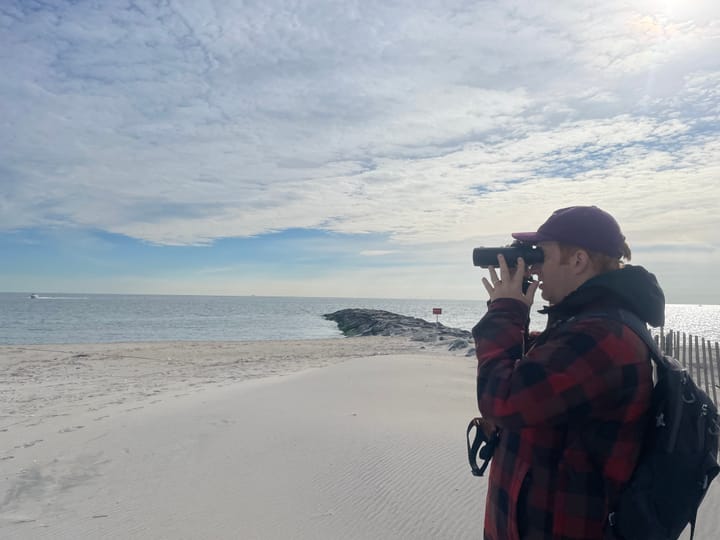
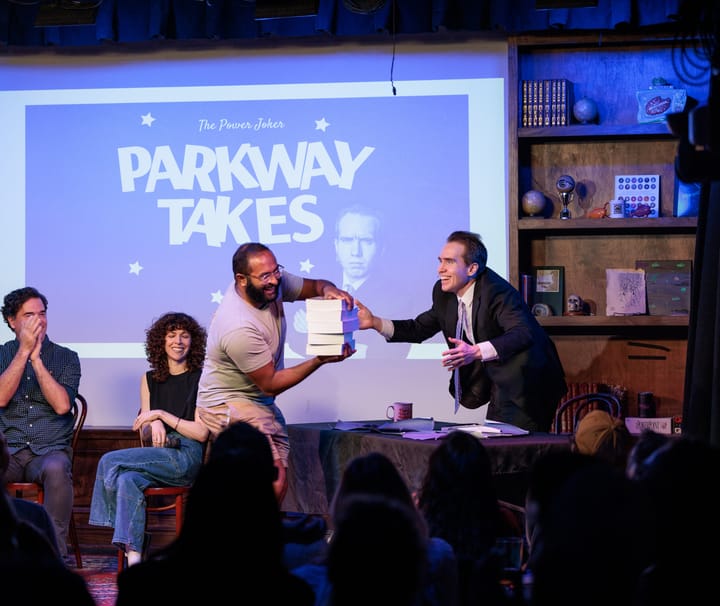
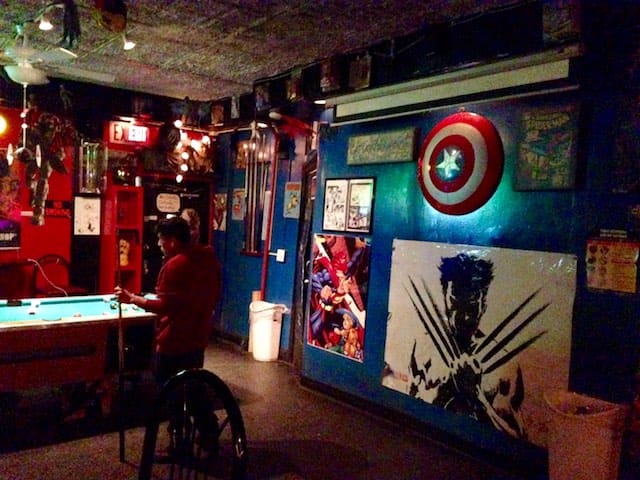
Comments ()